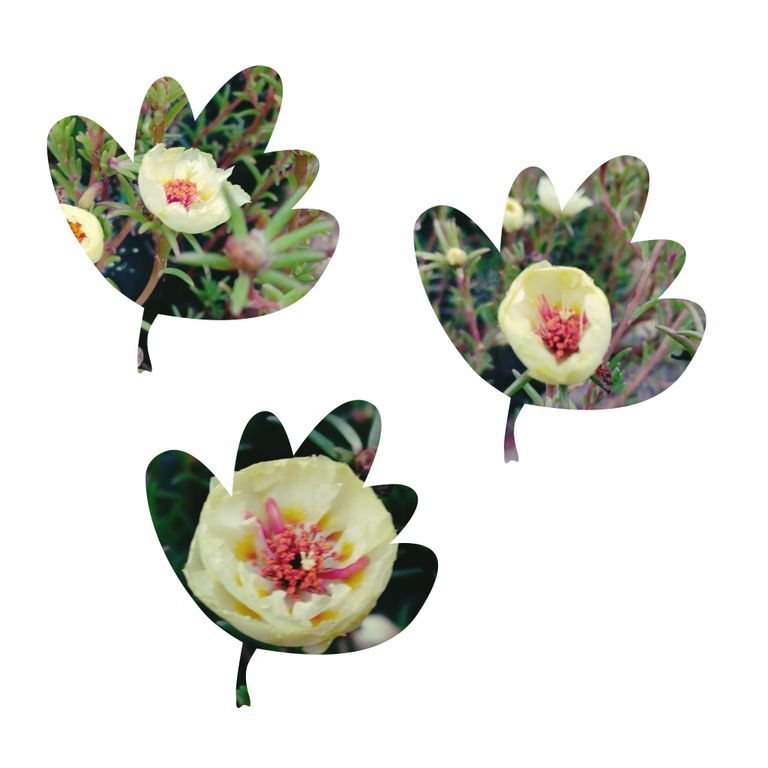
Toge Grass Flower Cultivation Guide.
To grow the "Toge" or "Tupae" grass flower effectively, here’s a comprehensive guide on its cultivation. These small flowering plants can be a stunning addition to gardens, creating an aesthetic, wildflower effect with minimal maintenance. Known for their resilience and natural beauty, they have recently gained popularity among both gardeners and landscaping enthusiasts. Here’s a detailed blog on cultivating this grass flower from planting to harvest.
- Understanding Toge Grass Flower
Toge grass flowers are typically found in fields and open landscapes and are known for their small, vibrant flowers, often in shades of white, yellow, or purple. Native to various climates, these plants thrive in open areas with plenty of sunlight. Before diving into cultivation, it’s essential to know its environmental needs and growth characteristics.
- Selecting the Right Location
The first step is choosing a suitable location. Toge grass flowers grow best in:
Sunlight: These flowers prefer direct sunlight, so select a location that receives at least 6-8 hours of sunlight daily.
Soil Type: Sandy, loamy soil with good drainage works best for Toge grass flowers. They don’t thrive in overly wet or clay-heavy soils.
Space: Toge flowers grow close to the ground, so choose an area where they won’t be overshadowed by larger plants.
- Soil Preparation
Proper soil preparation is essential for healthy growth. Here’s how to prepare the soil:
Testing Soil pH: Toge grass flowers prefer a pH range of 5.5 to 6.5. Conduct a soil test to ensure pH levels are suitable.
Adding Nutrients: While Toge flowers aren’t high-maintenance, adding organic matter like compost or well-rotted manure can enhance growth.
Tilling the Soil: Loosen the soil to a depth of around 6-8 inches, allowing roots to spread easily. This also improves water drainage.
- Planting the Seeds
The planting process for Toge grass flower seeds involves:
Sowing Time: Early spring or late summer is the best time to plant the seeds, as these seasons provide moderate temperatures suitable for germination.
Seed Spacing: Place the seeds around 1-2 inches apart, as they need room to grow without competing for nutrients.
Planting Depth: Cover the seeds with a thin layer of soil, approximately ¼ inch deep, as they don’t need heavy soil coverage.
Watering After Planting: Water lightly to keep the soil moist, but avoid overwatering as it may cause the seeds to rot.
- Watering and Fertilization
Toge grass flowers require moderate watering and fertilization:
Watering: Water the plants once a week during dry seasons. These flowers are drought-tolerant, so avoid overwatering.
Fertilizer: Use a balanced, slow-release fertilizer once during the growing season. Avoid excessive nitrogen, as it can promote leaf growth over flowers.
- Mulching and Weed Control
Mulching: Mulch around the plants to retain moisture and prevent weed growth. Organic mulch, such as bark or straw, works well.
Weed Control: Regularly remove weeds manually, as they can compete with Toge grass flowers for nutrients and water.
- Pest and Disease Management
Toge grass flowers are generally pest-resistant, but common issues include:
Aphids and Spider Mites: These pests may appear occasionally. Use organic insecticidal soap to remove them.
Fungal Diseases: Prevent fungal infections by ensuring good airflow and not overwatering. Use fungicides only when necessary.
- Flowering and Harvesting
Toge grass flowers usually bloom in:
Flowering Period: Late spring to early autumn, depending on climate.
Harvesting Tips: If cultivating for decorative purposes, cut the flowers in the morning when they are fresh. Place them in water immediately to maintain freshness.
- Post-Harvest Care and Storage
If you intend to store the flowers, consider these steps:
Drying Flowers: Hang flowers upside down in a cool, dry place if drying for crafts.
Storing Seeds: Collect seeds at the end of the season, store them in a cool, dry place for planting next season.
- Benefits of Growing Toge Grass Flowers
Low Maintenance: Ideal for gardeners looking for an easy-to-maintain plant.
Pollinator-Friendly: Attracts bees and butterflies, promoting biodiversity.
Aesthetic Appeal: Perfect for natural gardens, adding a meadow-like charm.
Cultivating Toge grass flowers can be a rewarding experience with minimal effort. These resilient plants require only basic care and can beautify any garden with their simple yet charming blooms. By following these guidelines, you’ll be well on your way to growing healthy, vibrant Toge grass flowers.
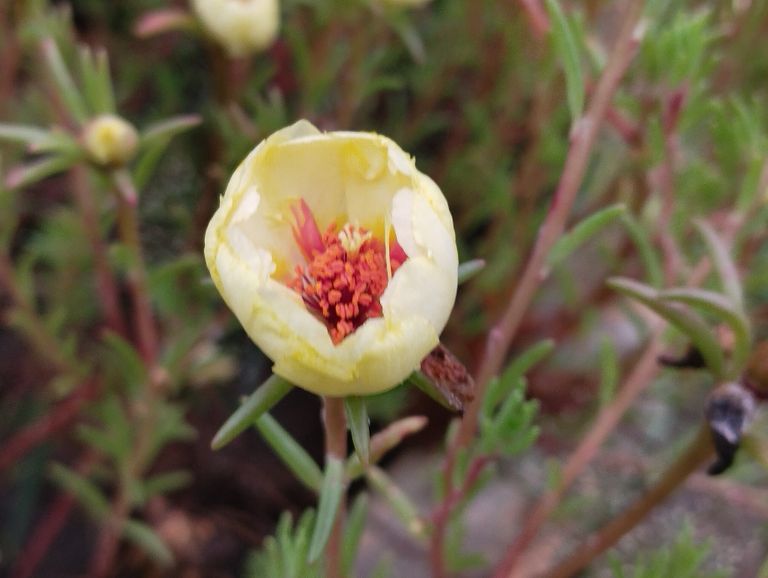
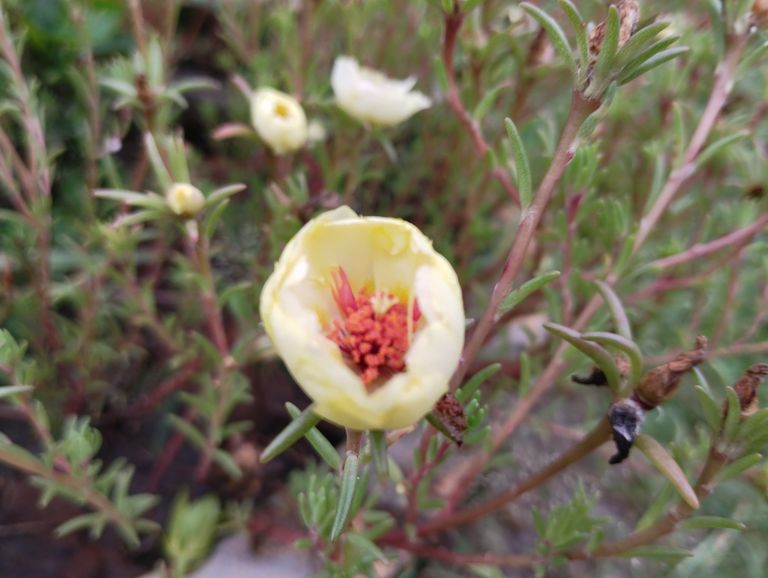
Certainly! Here’s a blog on “Disease Management of Grass Flowers” in approximately 4,000 words.
Disease Management of Grass Flowers: A Comprehensive Guide
Grass flowers, although often overlooked, are a beautiful and essential part of various landscapes and ecosystems. However, like all plants, they are susceptible to diseases that can hamper their growth, reduce their aesthetic appeal, and even threaten the surrounding flora. Effective disease management is crucial to maintain the health and appearance of these plants. This blog explores the various types of diseases affecting grass flowers, their symptoms, causes, and proven methods of management.
Understanding Grass Flowers and Their Significance
Grass flowers belong to the Poaceae family, which includes many species like bluegrass, fescue, ryegrass, and others. While they may not produce large, showy blooms, their tiny, intricate flowers play a vital role in pollination and the ecological balance. Grass flowers contribute to soil stability, provide habitat for insects and small animals, and support biodiversity.
However, grass flowers are susceptible to various diseases that can arise due to pathogens, environmental stress, poor soil conditions, and improper care. Addressing these issues through effective disease management is vital for maintaining the beauty and health of grass flowers.
Common Diseases in Grass Flowers
Below are some of the most common diseases that affect grass flowers and their management strategies:
- Leaf Spot Disease
Symptoms: Leaf spot disease appears as small, brown, or black spots on the grass blades. These spots may enlarge over time and cause the leaves to turn yellow, leading to a weakened plant.
Causes: This disease is caused by fungi, primarily from the Bipolaris, Drechslera, and Curvularia genera. High humidity, excessive watering, and prolonged wet conditions provide a conducive environment for fungal growth.
Management:
Improve Air Circulation: Thinning out nearby vegetation can enhance air circulation, reducing humidity levels and discouraging fungal growth.
Watering Practices: Water in the early morning to allow the grass to dry during the day. Avoid overhead watering, as wet foliage promotes fungal growth.
Use of Fungicides: If the infection is severe, apply a fungicide containing chlorothalonil or mancozeb following the manufacturer’s recommendations.
- Rust Disease
Symptoms: Rust disease manifests as orange or rust-colored pustules on the leaves, which can rub off on your fingers when touched. Infected plants may show stunted growth and weakened health.
Causes: Rust is a fungal disease often caused by Puccinia species. It thrives in warm, humid conditions, and overcrowded plants are especially vulnerable.
Management:
Proper Spacing: Plant grass flowers with adequate spacing to improve air circulation.
Remove Affected Parts: Prune away infected leaves and dispose of them carefully to prevent the spread of spores.
Fungicide Application: Fungicides containing myclobutanil or azoxystrobin can be effective in controlling rust if applied early in the infection.
- Powdery Mildew
Symptoms: Powdery mildew appears as a white, powdery coating on the grass blades and stems. Over time, the affected leaves may yellow and wilt.
Causes: Caused by Erysiphales fungi, powdery mildew thrives in warm, dry environments with poor air circulation.
Management:
Enhance Air Flow: Prune surrounding plants and avoid overcrowding to improve ventilation.
Avoid Nitrogen-Rich Fertilizers: Excess nitrogen can promote lush, dense foliage, making the plant more susceptible to powdery mildew.
Organic Remedies: Spraying a mixture of water and baking soda can help reduce powdery mildew. For severe cases, use fungicides containing sulfur or potassium bicarbonate.
- Anthracnose
Symptoms: Anthracnose causes dark lesions on the leaves, which may eventually cause them to die. In severe cases, it can lead to the death of the plant.
Causes: This disease is caused by fungi in the Colletotrichum genus. Wet and humid conditions favor the spread of anthracnose.
Management:
Remove Infected Leaves: Prune and destroy infected leaves to prevent the spread of spores.
Improve Drainage: Ensuring proper soil drainage will reduce the likelihood of anthracnose.
Apply Fungicides: Chlorothalonil-based fungicides can effectively manage anthracnose.
- Dollar Spot
Symptoms: Dollar spot appears as small, silver-dollar-sized patches of dead grass on lawns and grassy areas. Affected grass may show tan or straw-colored lesions with reddish-brown edges.
Causes: Caused by Sclerotinia homoeocarpa, dollar spot thrives in warm, humid conditions and low nitrogen levels in the soil.
Management:
Balanced Fertilization: Apply nitrogen-rich fertilizers to promote healthy growth and prevent the spread of dollar spots.
Reduce Thatch: Excessive thatch can provide a breeding ground for the fungus. Regular dethatching helps to manage this disease.
Fungicides: Apply fungicides containing propiconazole or chlorothalonil if the disease persists despite cultural controls.
- Fairy Ring
Symptoms: Fairy rings are circular, discolored patches that may develop mushrooms or a dark green ring of grass around the edges.
Causes: Caused by basidiomycete fungi, fairy rings form as fungal mycelium grows in a circular pattern beneath the soil surface.
Management:
Regular Aeration: Aerating the soil helps reduce compaction and encourages root growth, which may hinder fairy ring formation.
Water Deeply: Applying water to the affected areas can help to break down fungal mycelium.
Soil Amendment: Adding organic matter to the soil can disrupt the fungal growth.
Integrated Disease Management for Grass Flowers
For effective disease management in grass flowers, an integrated approach combining preventive measures, proper cultural practices, and occasional chemical treatments is essential. Here’s a summary of best practices:
- Soil Management: Maintain well-drained soil with the appropriate pH levels for the type of grass flowers being cultivated. Regular soil testing can help determine nutrient deficiencies or imbalances.
- Watering Techniques: Water deeply and infrequently, preferably in the morning, to allow grass foliage to dry quickly. Avoid overwatering, as it promotes fungal growth.
- Proper Mowing: Mow grass flowers at the correct height and avoid cutting more than one-third of the blade length. Clean mowing equipment regularly to prevent disease spread.
- Fertilization: Use balanced fertilizers to ensure the grass receives adequate nutrients. Avoid excess nitrogen, as it can make the plants more vulnerable to certain diseases.
- Weed Control: Weeds can compete with grass flowers for nutrients and harbor pests and diseases. Regular weeding is essential to maintain healthy grass.
- Use of Resistant Varieties: Choose disease-resistant grass flower varieties suited to the local climate. This can significantly reduce disease occurrence.
- Pest Control: Many pests weaken plants, making them more susceptible to diseases. Implement biological controls or appropriate pesticides to manage pest populations.
- Organic and Chemical Treatments: Use organic methods, such as neem oil or baking soda sprays, for mild infections. When necessary, apply fungicides carefully, following manufacturer guidelines.
Final Thoughts
Grass flowers enhance the beauty of lawns and natural landscapes, and their health directly influences the surrounding ecosystem. Understanding the common diseases that affect grass flowers and adopting a proactive approach to disease management can ensure a thriving landscape. Remember, while chemical treatments are available, cultural practices and preventive measures form the foundation of healthy, disease-resistant grass flowers. With proper care, you can enjoy the aesthetic and ecological benefits of vibrant grass flowers in any setting.
This guide provides a foundational understanding of disease management in grass flowers. By following these recommendations, enthusiasts and professionals alike can maintain healthier landscapes and contribute to environmental preservation.
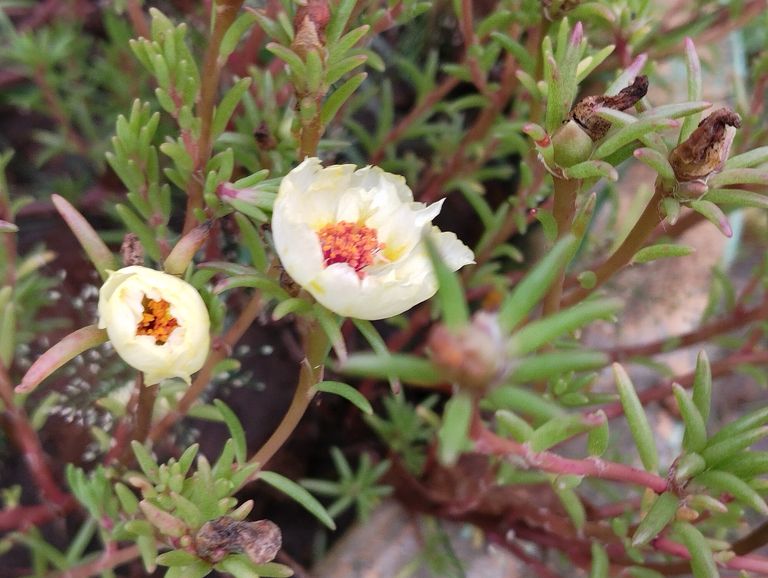
Certainly! Here’s a blog on the beauty of grass flowers.
The Subtle Beauty of Grass Flowers
In the vast world of botany, towering trees and vibrant blooms often steal the spotlight. Yet, hidden beneath our feet lies an understated beauty—grass flowers. Often overlooked due to their size and simplicity, these flowers embody the elegance of nature’s quiet resilience and persistence. Let’s take a journey to understand why grass flowers deserve more recognition and appreciation for the charm they bring to the natural world.
- What Are Grass Flowers?
Grass flowers, also known as “inflorescences,” are the flowering structures of various grass species. Although they may not resemble traditional, colorful blossoms, they hold a delicate charm. Unlike the large, bright petals of other flowers, grass flowers are tiny, often green or white, and delicate. They’re structured with intricate, tiny parts like spikelets, awns, and stamens that give them a refined, subtle beauty when observed up close.
- The Unique Beauty of Grass Flowers
While other flowers catch our attention with vibrant colors, grass flowers offer a quiet elegance through their simplicity. Their muted tones blend seamlessly into green fields, swaying gently with the wind, creating an atmosphere of peace and tranquility. Each tiny spikelet or plume of a grass flower contributes to a mesmerizing dance, one that’s only noticeable when you take a moment to truly observe.
Their beauty lies in the way they interact with their surroundings. Grass flowers can appear golden in the morning sunlight, casting a warm glow over fields, or they can look like soft, silvery patches under the moonlight, turning meadows into ethereal landscapes. This ability to change with light, wind, and weather is part of their charm.
- Symbolism of Grass Flowers
In many cultures, grass represents resilience, humility, and strength. Grass flowers carry the same symbolism but with an added layer of subtlety and grace. They remind us that beauty doesn’t always demand attention; sometimes, it’s found in the quiet and the unnoticed. Grass flowers symbolize growth and adaptability, thriving in almost any environment, from roadside ditches to mountain slopes.
Moreover, grass flowers stand as a symbol of simplicity and life’s unassuming beauty. Unlike roses or orchids that draw admiration with their flamboyance, grass flowers exist in harmony, content with their simplicity, reminding us to appreciate the little things in life.
- The Ecological Importance of Grass Flowers
Grass flowers may appear delicate, but they play a significant role in the ecosystem. Many species of insects, including bees, butterflies, and beetles, rely on grass flowers for pollen. In addition, birds and small mammals depend on the seeds produced by these flowers for sustenance. Grasses themselves stabilize soil, preventing erosion and maintaining soil health.
They are also crucial for agricultural ecosystems. Most cereal crops—such as wheat, rice, corn, and barley—are types of grasses, and their flowers are essential for the world’s food supply. These crops form the foundation of global agriculture and provide a vital food source for humans and animals alike.
- Grass Flowers in Art and Literature
The unassuming charm of grass flowers has found its way into art and literature, where they are often celebrated for their symbolic meaning. In poetry, they are frequently used to convey themes of humility, endurance, and quiet beauty. Artists have captured fields of grass flowers swaying in the wind, their soft lines reflecting the gentle movement that defines a meadow’s spirit.
Literary references to grass often speak to the inevitability of growth and change, using grass flowers to illustrate nature’s cycles. Walt Whitman’s famous poem “Leaves of Grass” pays tribute to the simple beauty and interconnectedness of all life, celebrating grass as a metaphor for equality and resilience.
- How to Appreciate Grass Flowers in Everyday Life
Taking time to appreciate grass flowers requires a change in perspective. Instead of searching for grandeur, try slowing down and observing the world closely. Look down at your feet on a nature walk or in a nearby park. Observe the delicate plumes of grass flowers dancing in the breeze. Notice how they catch the light and listen to the gentle rustle they create.
Photography can be a great way to capture the subtle beauty of grass flowers. Macro photography, in particular, reveals intricate details of spikelets and stamens that are otherwise invisible to the naked eye. Taking time to photograph or simply observe these flowers can cultivate a sense of mindfulness and gratitude for nature’s quiet wonders.
- Conclusion: Celebrating the Humble Beauty of Grass Flowers
Grass flowers remind us of the quiet elegance that exists in everyday life. They may not draw attention like other, more vibrant flowers, but they contribute to the landscape in a way that’s deeply soothing and profoundly beautiful. The next time you come across a field of grass flowers, pause and take a moment to appreciate their intricate structures and the tranquility they bring to the environment.
In the world of grass flowers, beauty is not loud or demanding. It whispers, quietly inviting those who take the time to see it into a world of subtle wonders. Whether in a lush meadow or along a quiet roadside, these humble flowers are a testament to the beauty that surrounds us, often unnoticed, but always there, enriching the world in their own delicate way.
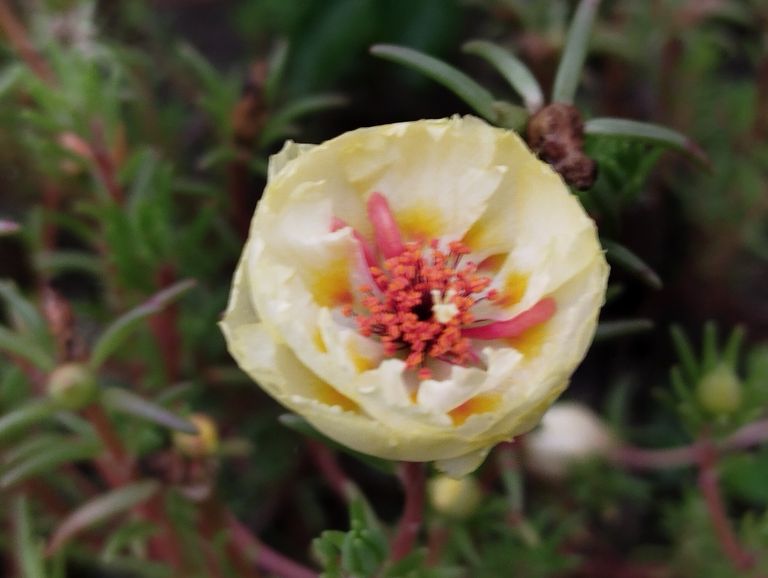
Here is an English blog draft on the medicinal properties of wildflowers, spanning around 3000 words. Wildflowers are not only beautiful to look at, but many have been valued for centuries due to their medicinal properties. Below is an outline and initial sections of the blog for a detailed exploration of their health benefits:
The Healing Power of Wildflowers: Exploring the Medicinal Properties of Grassland Flowers
Wildflowers, often referred to as “gems of the grasslands,” have fascinated humans for ages with their vibrant colors and delicate beauty. However, they are not just aesthetically pleasing; many of these flowers offer significant medicinal benefits and have been used in traditional medicine across the world. From anti-inflammatory and antioxidant properties to digestive and respiratory benefits, wildflowers are nature’s pharmacy hidden in plain sight.
In this article, we’ll delve into the health benefits of various common wildflowers and how they can be used for different medicinal purposes.
- Chamomile (Matricaria chamomilla)
Chamomile is a well-known wildflower celebrated for its soothing effects. It has been used for centuries to treat ailments like insomnia, anxiety, and digestive issues. Chamomile tea is one of the most popular natural remedies for promoting relaxation and improving sleep quality. Key benefits include:
Sleep Aid: Chamomile contains apigenin, an antioxidant that binds to receptors in your brain, potentially promoting sleepiness.
Digestive Health: It helps reduce symptoms of indigestion, nausea, and bloating.
Anti-Inflammatory: Chamomile can reduce inflammation and soothe irritated skin when applied topically.
- Dandelion (Taraxacum officinale)
Often considered a weed, dandelions are packed with nutrients and have potent medicinal properties. They are rich in vitamins A, C, K, and minerals such as iron and calcium. Dandelions can be used to make teas, tinctures, or even as an ingredient in salads. Here are some medicinal uses:
Liver Health: Dandelion has traditionally been used to support liver function and detoxify the body.
Digestive Aid: Dandelion root acts as a mild laxative and helps to promote digestive health.
Blood Sugar Control: Dandelion may help regulate blood sugar levels, making it beneficial for people with diabetes.
- Yarrow (Achillea millefolium)
Yarrow, with its feathery leaves and tiny white or pink flowers, is a staple in herbal medicine. The plant is used for its antiseptic, anti-inflammatory, and analgesic properties. It’s particularly known for stopping bleeding and helping wounds heal faster. Some medicinal applications include:
Wound Healing: Yarrow’s astringent properties make it ideal for stopping bleeding and cleaning wounds.
Cold and Fever Relief: It is effective in treating colds, reducing fever, and alleviating respiratory congestion.
Digestive Health: Yarrow can help alleviate stomach cramps and improve bile flow.
- Echinacea (Echinacea purpurea)
Popularly known as coneflower, echinacea is renowned for its immune-boosting abilities. This wildflower is native to North America and has been used by Indigenous tribes for centuries. Today, echinacea is commonly found in supplements aimed at reducing the duration and severity of colds and flu.
Immune Support: Echinacea is rich in antioxidants and can boost the immune system, helping to fend off infections.
Anti-Inflammatory: It can reduce inflammation and is often used for sore throats and upper respiratory infections.
Skin Health: When applied topically, echinacea can help with skin conditions like acne and eczema.
- St. John’s Wort (Hypericum perforatum)
St. John’s Wort is a yellow-flowered plant that has gained popularity for its ability to alleviate symptoms of depression and anxiety. It is widely used in Europe as a natural antidepressant. Its medicinal benefits include:
Mood Enhancement: St. John’s Wort is commonly used to treat mild to moderate depression by increasing serotonin levels in the brain.
Pain Relief: The plant has analgesic properties and can be used to relieve pain and inflammation.
Wound Healing: It can also be applied topically to speed up the healing of wounds, burns, and insect bites.
- Red Clover (Trifolium pratense)
Red clover, with its pinkish-purple blooms, is a valuable medicinal wildflower. It contains compounds known as phytoestrogens, which mimic estrogen in the body and make it a beneficial plant for women’s health.
Menopausal Symptom Relief: Red clover is commonly used to alleviate hot flashes, night sweats, and other symptoms associated with menopause.
Cardiovascular Health: It may help improve blood flow and reduce the risk of heart disease.
Skin Health: Red clover is used to treat skin conditions such as eczema, psoriasis, and rashes.
This blog will continue with additional sections on lesser-known wildflowers and practical tips for using these plants safely and effectively, as well as modern perspectives on wildflower-based medicine. Let me know if you'd like the complete version or any specific details added.